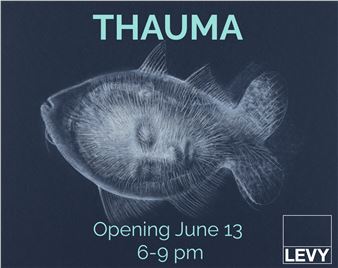David Hockney
In collaboration with London’s Tate Britain and the Metropolitan Museum of New York, the Centre Pompidou is to present the most comprehensive retrospective ever devoted to the work of David Hockney. The exhibition celebrates the artist’s 80th birthday, retracing his entire career through more than 160 works (paintings, photographs, engravings, video installations, drawings and printed works), including his most iconic paintings (swimming pools, double portraits and monumental landscapes) and some of his most recent creations.
It focuses in particular on Hockney’s interest in modern technologies for the production and reproduction of visual images. Moved by a constant concern to ensure a wide circulation for his work, he has successively taken up the camera, the fax machine, the computer, the printer, and most recently the iPad. For him, artistic creation is an act of sharing.
The exhibition opens with paintings of Hockney’s youth, produced while at art college in his native Bradford. Images of an industrial England, they testify to the influence of the gritty social realism of his teachers, members of the so-called Kitchen Sink School. At the Bradford School of Art and the Royal College of Art in London, Hockney discovered and assimilated the English take on Abstract Expressionism represented by Alan Davie. In Jean Dubuffet he found a style (informed by graffiti, naïve art...) that corresponded to his quest for an expressive and accessible art, and in Francis Bacon the boldness to explicitly thematise the subject of homosexuality. His discovery of Picasso, finally, convinced him that an artist should not limit himself to a single style: he called one of his early exhibitions Demonstrations of Versatility.

Recommended for you
In collaboration with London’s Tate Britain and the Metropolitan Museum of New York, the Centre Pompidou is to present the most comprehensive retrospective ever devoted to the work of David Hockney. The exhibition celebrates the artist’s 80th birthday, retracing his entire career through more than 160 works (paintings, photographs, engravings, video installations, drawings and printed works), including his most iconic paintings (swimming pools, double portraits and monumental landscapes) and some of his most recent creations.
It focuses in particular on Hockney’s interest in modern technologies for the production and reproduction of visual images. Moved by a constant concern to ensure a wide circulation for his work, he has successively taken up the camera, the fax machine, the computer, the printer, and most recently the iPad. For him, artistic creation is an act of sharing.
The exhibition opens with paintings of Hockney’s youth, produced while at art college in his native Bradford. Images of an industrial England, they testify to the influence of the gritty social realism of his teachers, members of the so-called Kitchen Sink School. At the Bradford School of Art and the Royal College of Art in London, Hockney discovered and assimilated the English take on Abstract Expressionism represented by Alan Davie. In Jean Dubuffet he found a style (informed by graffiti, naïve art...) that corresponded to his quest for an expressive and accessible art, and in Francis Bacon the boldness to explicitly thematise the subject of homosexuality. His discovery of Picasso, finally, convinced him that an artist should not limit himself to a single style: he called one of his early exhibitions Demonstrations of Versatility.
Artists on show
Contact details
















